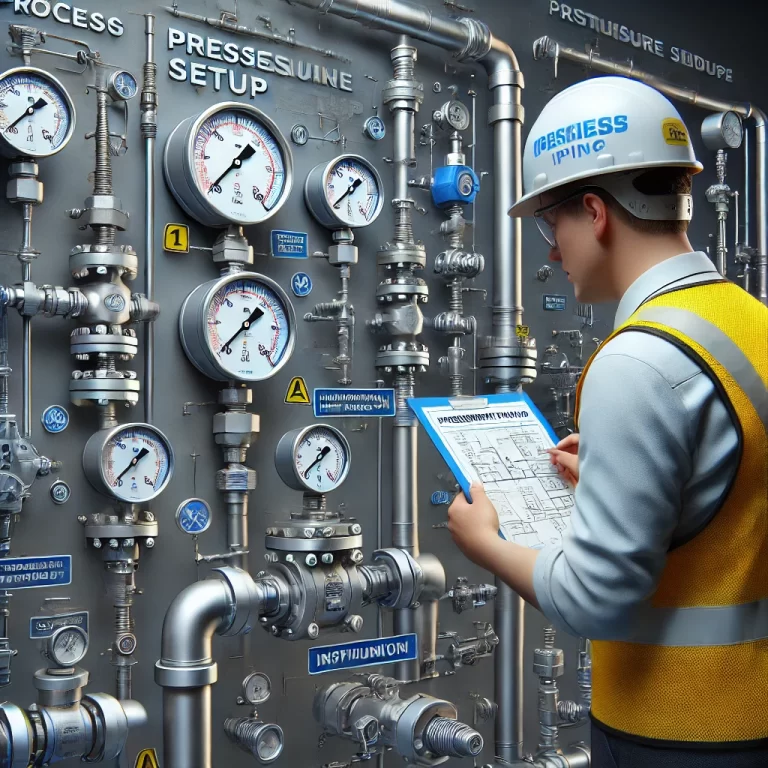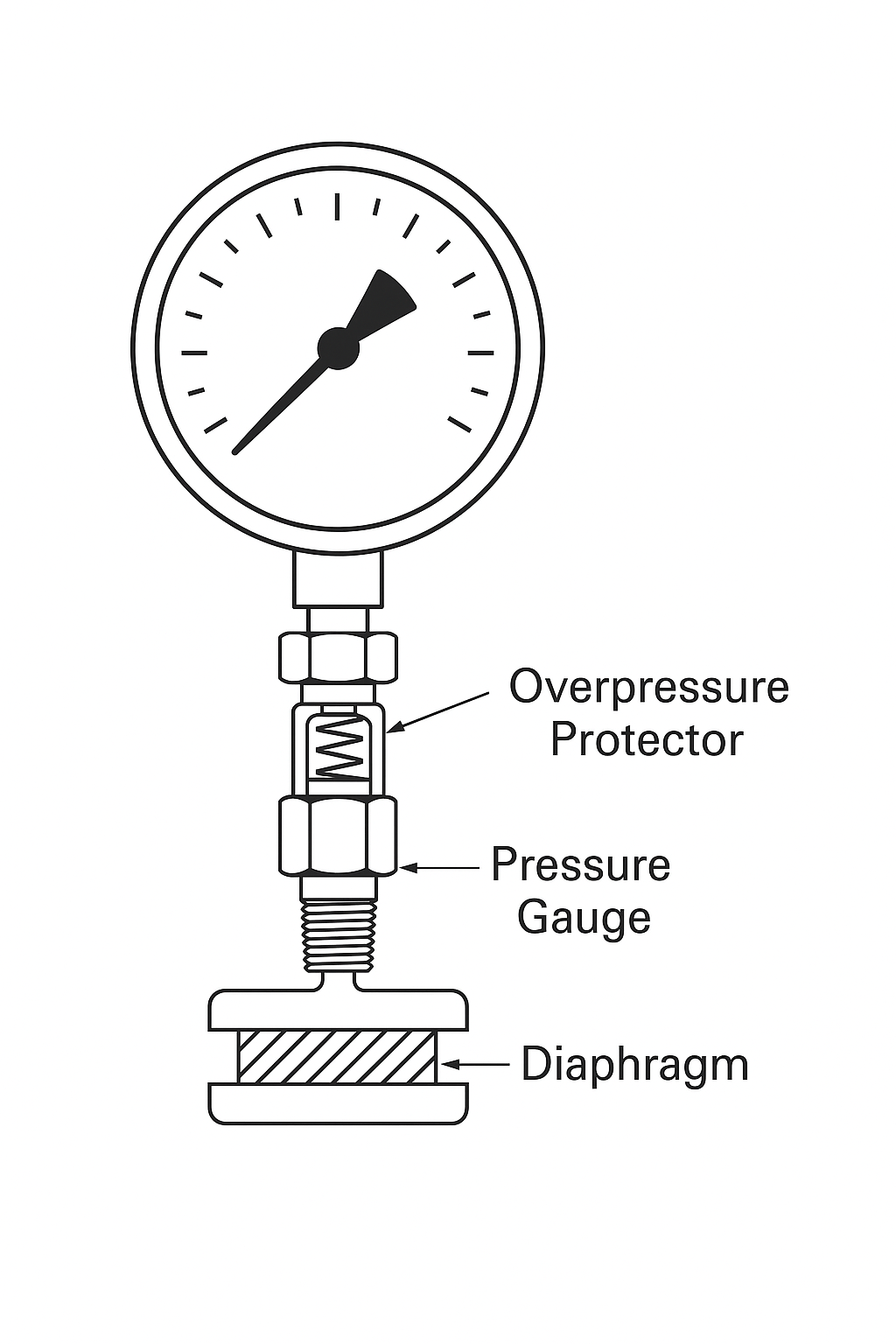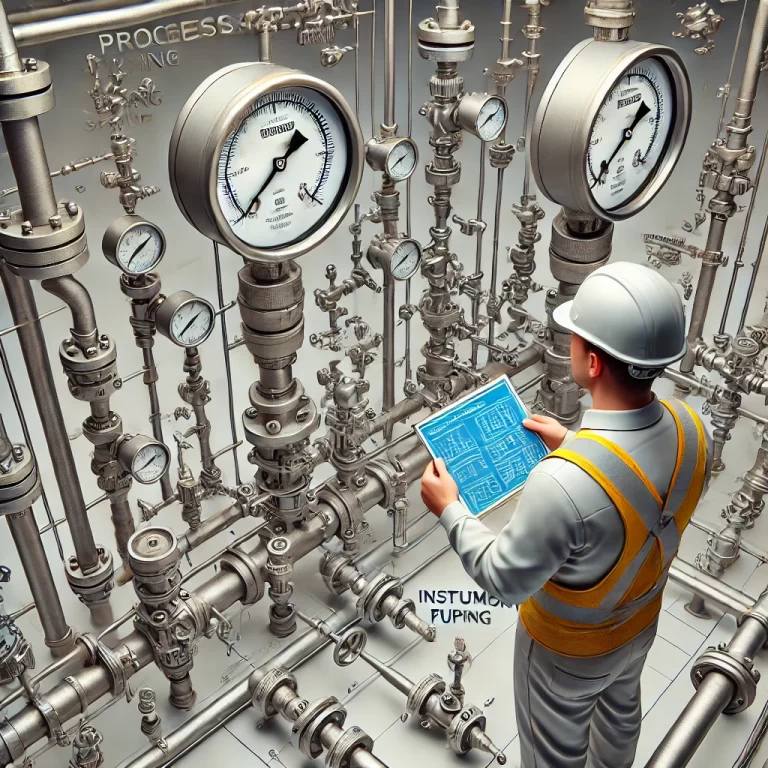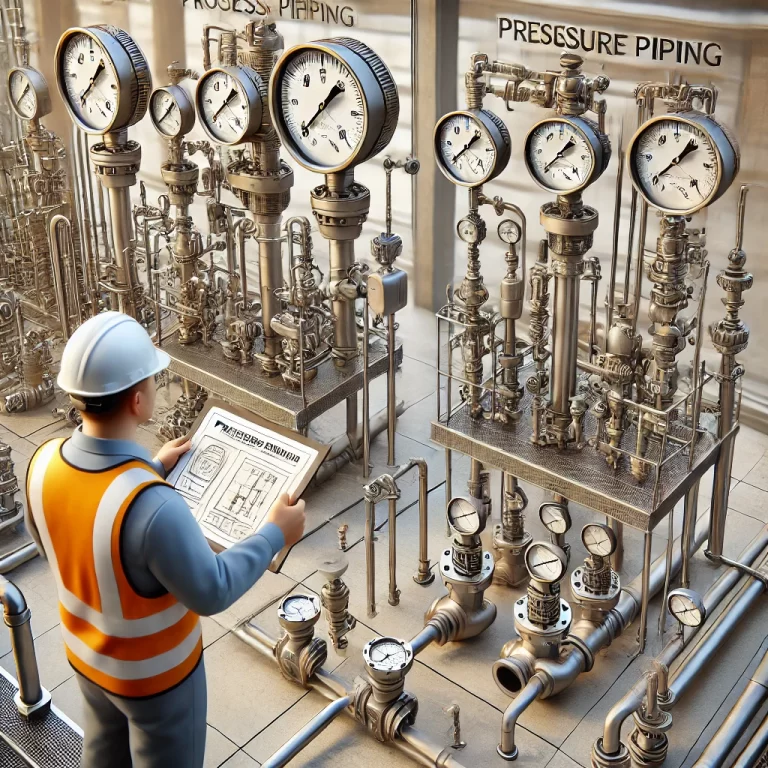Pressure transmitter accuracy is a key indicator of measurement reliability. However, the belief that “higher accuracy is always better” is not universally applicable. In industrial practice, the selection of a pressure transmitter should be based on actual application requirements, rather than pursuing the highest specification available.

1. Understanding Accuracy in Pressure Transmitters
Accuracy defines how close the measured value is to the true value. In pressure transmitters, two common definitions of accuracy are:
Reading Accuracy: The error is proportional to the measured value.
Full-Scale Accuracy: The error is expressed as a percentage of the transmitter’s full measurement range, regardless of the actual reading.
📊 Example Table: Full-Scale vs Reading Accuracy (0.01%)
| Range (MPa) | Full-Scale Accuracy | Reading Accuracy |
|---|---|---|
| 10 MPa | ±0.01% = ±0.001 MPa | ±0.001 MPa |
| 7 MPa | ±0.01% = ±0.0007 MPa | ±0.00143 MPa |
| 5 MPa | ±0.01% = ±0.0005 MPa | ±0.002 MPa |
| 3 MPa | ±0.01% = ±0.0003 MPa | ±0.0033 MPa |
| 1 MPa | ±0.01% = ±0.0001 MPa | ±0.01 MPa |

2. Static Accuracy vs Temperature Range Accuracy
Static Accuracy refers to the performance at a specific reference temperature (typically 25°C).
Temperature Range Accuracy refers to the accuracy maintained over the entire operating temperature range.
Accuracy Grades (Typical Ranges):
| Grade | Accuracy (%FS) |
|---|---|
| Ultra-High | 0.01%–0.1% |
| High | 0.1%–1% |
| Standard | 1%–2% |
| Low | 2%–10% |
Note: A transmitter may offer 0.1%FS static accuracy, but its accuracy over the full temperature range could degrade to 1–2%FS or worse.

3. Does Higher Accuracy Justify Higher Cost?
High-precision pressure transmitters require:
Advanced manufacturing and compensation techniques
Strict calibration and testing procedures
Temperature compensation modules and long-term stability enhancements
These factors significantly increase product costs. If an application doesn’t require such high accuracy, purchasing an ultra-precise transmitter may result in unnecessary expenses.
Recommended Approach:
Define your application’s required accuracy based on:
Safety margins
Process control needs
Budget constraints
Regulatory compliance (e.g., SIL, FDA, etc.)

4. Application-Based Selection Guide
| Industry | Typical Accuracy Requirement | Notes |
|---|---|---|
| Petrochemical | 0.1%–0.5% FS | For safety and control integration |
| HVAC / Building | 1%–2% FS | Monitoring only |
| Semiconductor | ≤0.05% FS | Ultra-precise pressure needed |
| Food & Beverage | 0.5%–1% FS | Hygiene and consistency focus |
5. Conclusion
While accuracy is an important metric in selecting a pressure transmitter, it is not the only factor to consider. Pursuing the highest accuracy without assessing the actual operational needs can lead to overspending and inefficient use of resources.
✅ Best Practice: Choose an accuracy level that meets—but does not greatly exceed—the functional requirements of your application.
